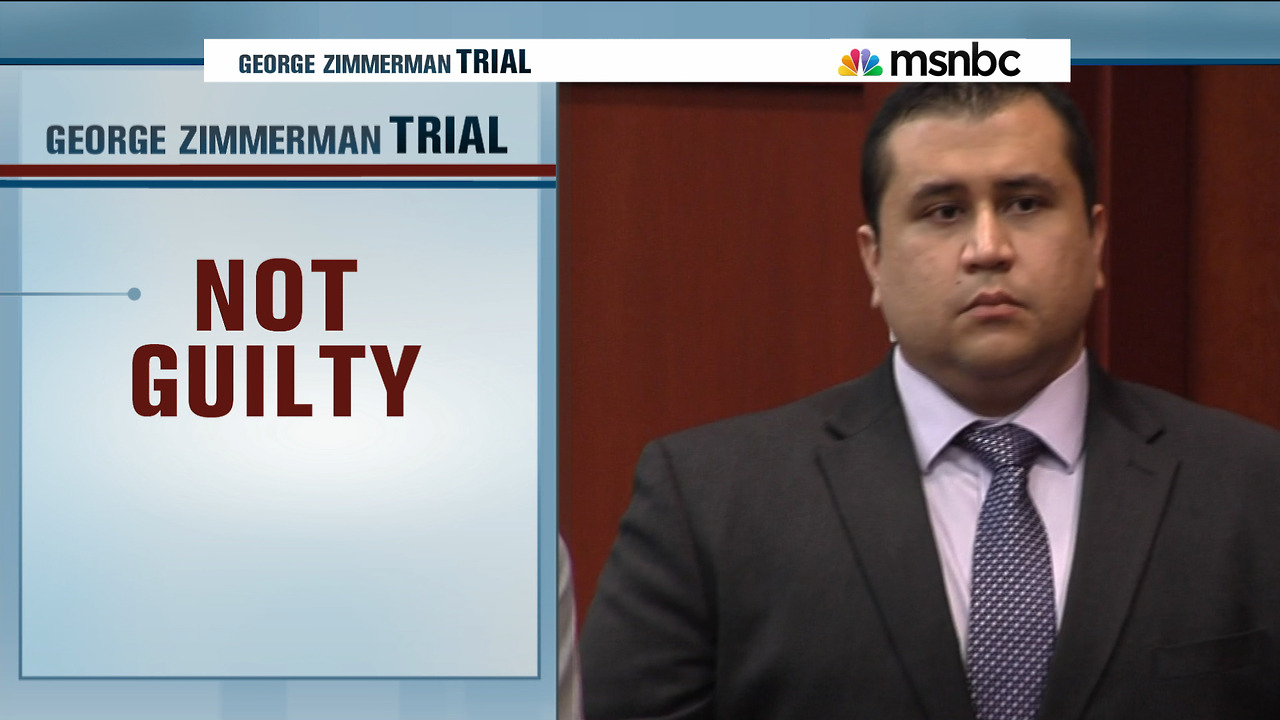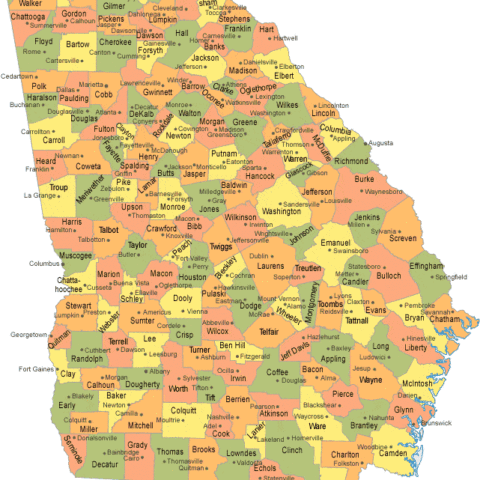By: Alex Edquist
When the not guilty verdict in George Zimmerman’s trial was announced, a flood of outrage erupted. Rallies and protests supporting Trayvon Martin, the teenager Zimmerman was charged with murdering, were held in cities ranging from Atlanta to Los Angeles to Minneapolis. Celebrities like Rihanna and athletes like Atlanta Falcons receiver Roddy White tweeted their disappointment and anger about the verdict. The NAACP created a petition demanding that the Department of Justice file federal civil rights charges against Zimmerman, which has gathered over 1 million signatures.
Much of this outrage can be traced to the frequently inflammatory and sometimes erroneous way the media reported the case. From the beginning, the incident between Zimmerman and Martin was portrayed as racial, even though one jury member told Anderson Cooper that the jury did not believe race was an issue in the case. NBC News edited Zimmerman’s call to the police to make Zimmerman sound like a racial profiler: Zimmerman told the police about Martin, “This guy looks like he’s up to no good. Or he’s on drugs or something. It’s raining and he’s just walking around, looking about.” The police dispatcher then asked Zimmerman what race Martin appeared to be, and Zimmerman said, “He looks black.” NBC, however, edited out the dispatcher’s question and played the audio as “This guy looks like he’s up to no good. He looks black.” ABC News reported initially that Zimmerman had suffered no injuries from the incident, which would make it doubtful that he was acting in self-defense, even though Zimmerman had in fact been injured. Finally, Zimmerman was described in the media as a “white Hispanic”; a rarely used term that was used to maintain the media storyline of a white “wannabe cop” targeting a young black man. Sirius XM radio host Joe Madison said the incident was “nothing more than a modern-day lynching.”
The media’s misrepresentation of the case led to widespread condemnation of Zimmerman despite the fact he was acquitted of murder and manslaughter in trial. Zimmerman is actually suing NBC for defamation and claims that the way they edited his call to the police caused him to receive death threats and be forced into hiding.
The Zimmerman trial is the most recent in a long line of legal cases that have been sensationalized, exaggerated, or misrepresented by the media. In famous cases like Casey Anthony’s murder trial in 2011 and Michael Jackson’s child molestation trial in 2005, the media also portrayed the defendants as clear-cut and guilty villains even though juries would also find them innocent. Then there was the media disaster around the Supreme Court’s decision on the Affordable Care Act: in their rush to break the news first, news outlets mistakenly reported that the act had been entirely struck down and entirely upheld before finally reporting the correct decision.
Unfortunately, while the legal world and the journalistic world have needs of each other, they are also structurally incompatible with the other. The media is charged with publicizing important legal decisions, and the law is a source of stories for journalists. However, the two fields have so many differences that fiascos are almost inevitable.
The first difficulty, particularly prevalent in the Zimmerman trial, is how the law and the media cast different people in an incident. The media aims to tell a story and so it has a tendency to search for and characterize a villain and a victim or a hero in each situation. The law, though it does assign a final verdict of guilty or not guilty, is not so black and white. The media told the story of a villainous Zimmerman killing the victim Martin; the law ruled that both parties made mistakes in judgment that unhappily resulted in Martin’s death. In addition, as much as the media and its consumers desire a satisfying ending to the story—in this case, justice for Martin in the form of a guilty verdict—the trial gave no such ending.
Then there is the speed at which both fields work. The law is a notoriously deliberate pursuit in which cases often take years to decide while the media requires speed even at the expense of accuracy. That difference has been exacerbated in recent years with the onset of Internet news and social media. In its reporting of cases, the media simply cannot spare the time to fully review the law’s painstaking examination of facts and precedent.
Law also has a tendency to be overly esoteric and detail-oriented, which makes it ill-suited for media adaptation for a wider audience. The technical details and complicated, unclear writing often involved in law make it difficult for journalists without formal legal training to interpret it correctly, hence blunders like that surrounding the Affordable Care Act decision. In addition, in trials, the the facts are examined within the framework of applicable laws, even when controversial, whereas consumers of media are oftentimes more interested in the larger issues (i.e. “Stand Your Ground”).
Unfortunately, because legal affairs will never cease to be so important or fascinating to the public, the law and the media will continue to have to be bedfellows, and as they are unlikely to become more like each other, the public can probably look forward to more sensationalism and misrepresentation.


